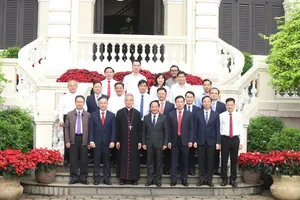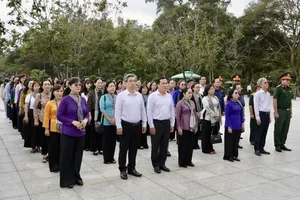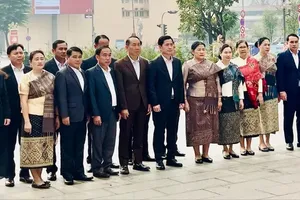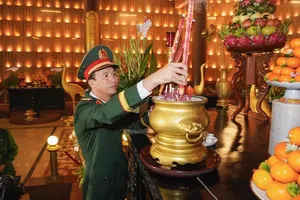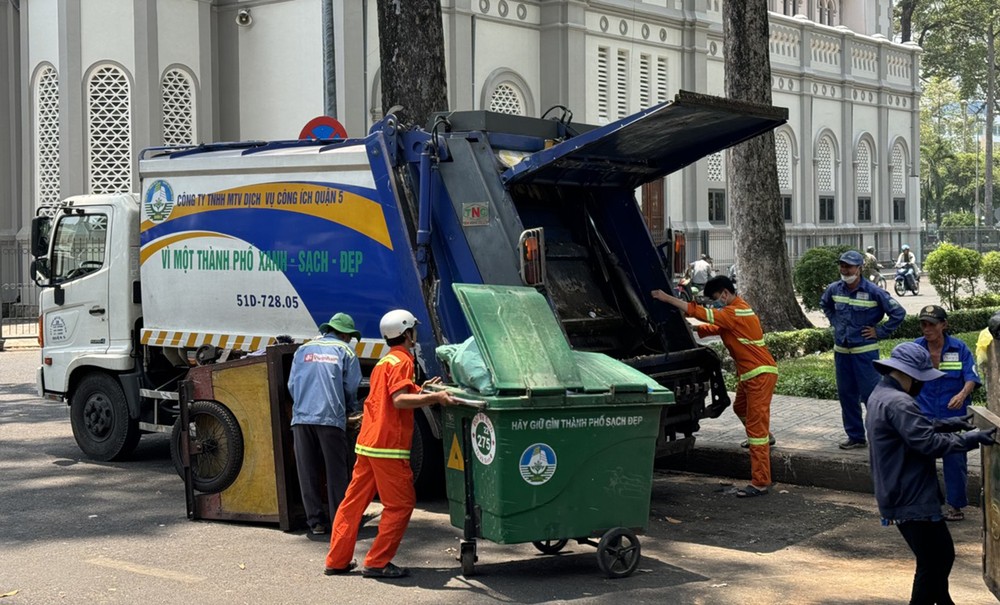
According to the Law on Environmental Protection 2020, from January 1, 2025, localities must classify waste at source and invest heavily in recycling and reusing waste effectively. Thus, only 3 more quarters are left to prepare for this important task, but the southern largest city has not done all.
Unlike many other localities across the country, Ho Chi Minh City has a big team of waste collectors. According to Deputy Director Nguyen Thi Thanh My of the Ho Chi Minh City Department of Natural Resources and Environment, binmen of private garbage men play an important role in collecting garbage and ensuring environmental hygiene for the city as they collect up to 60 percent of the volume of household waste generated from daily activities in the city.
To improve the quality of collection activities, the city has lately encouraged households and trashmen to form cooperatives or businesses with legal status and transform into cooperatives. Moreover, the city has asked garbage collectors to change old collecting vehicles at source such as tricycles, and homemade vans that only have 1 garbage compartment (cannot contain classified garbage) to new ones that ensure environmental standards.
Statistics from the Department of Natural Resources and Environment of Ho Chi Minh City show that up to now, Thu Duc City and 20/21 districts have been successful in transforming private waste collection forces into cooperatives or companies.
From 2021 up to now, Thu Duc City People's Committee and districts have reviewed and converted 1,897 vehicles to collect and transport household waste. Through updating local reports, the total number of existing collection vehicles in the city is 6,414 including substandard 2,378 vehicles accounting for 37 percent.
According to the estimate, about VND 228.89 billion is needed to convert 1,883 substandard waste vehicles into new ones.
A representative of the Department of Natural Resources and Environment of Binh Tan district said that the city has not yet issued a plan to classify waste according to new criteria, so it has not assigned units to equip 2-compartment vehicles.
A representative of the Department of Natural Resources and Environment of Binh Chanh outlying district said that because there is no general vehicle design for garbage collection vehicles in small alleys, the Department did not know how to equip it.
Talking about the design of 2-compartment vehicles, Ms. Nguyen Thi Thanh My added that the use of garbage collection vehicles with 1-compartment or 2-compartment bins depends on the purpose of the collection units which must think how to do it.
In a move to transform waste management for a better quality of life, the Environmental Protection Fund has a supporting policy to provide 70 percent-80 percent of loan capital to units which want to convert old collection vehicles into new ones. However, waste collectors must have a mortgage on their homes, land, or property to borrow a bank loan. Trashmen with a current average income of about VND5 million a month don’t have assets to mortgage.
Currently, Ho Chi Minh City has two domestic waste recycling services markets, including the informal market and the official market. The informal recycling market is mainly small establishments, specializing in recycling scraps such as paper, plastic, metal, and glass. Most recycling facilities are located in districts 5, 11, Binh Tan, and Binh Chanh district.
In general, private recycling facilities of this type have outdated technology and often do not ensure environmental hygiene during recycling operations, affecting the health of workers and the surrounding community. The official market is mainly recycling enterprises licensed to operate according to regulations.
Vietstar Company's household waste recycling plant in the Tay Bac Solid Waste Treatment Complex in Cu Chi District has invested in a processing line and after being collected by trucks, the waste will be put into storage, then pressed dry.
All garbage trucks before and after entering and leaving the factory are sprayed with clean water. When processing, waste is transferred to the line and automatically classified (metal into metal, plastic into plastic, separate food), then will be forwarded to other lines for processing such as cutting, mixing, and grinding. All stages are closed by machinery.
According to General Director Ngo Nhu Hung Viet of Vietstar Joint Stock Company, Vietstar is receiving and processing about 2,000 tons of household waste per day. Vietstar's compost fertilizer has been used on a large scale in the Central Highlands and the Mekong Delta.
In addition, the company's recycled organic fertilizer products are also exported to Thailand. A representative of Ho Chi Minh City Urban Environment Company Limited also said that the company is currently implementing a project to recycle non-hazardous medical plastic waste into reusable plastic pellets. The recycling workshop is located at the Go Cat waste treatment site in Binh Tan District, with a capacity of about 2 tons/day. Non-hazardous medical plastic waste is collected and transported to the Go Cat recycling factory.
General Director Truong Kien Dung of Moc An Chau Company, said that the company has invested and built an industrial solid waste treatment and recycling plant with a capacity of 500 tons per day. The plant will treat 313 tons of garbage a day in the first phase.
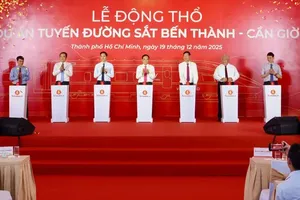


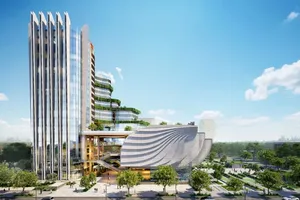
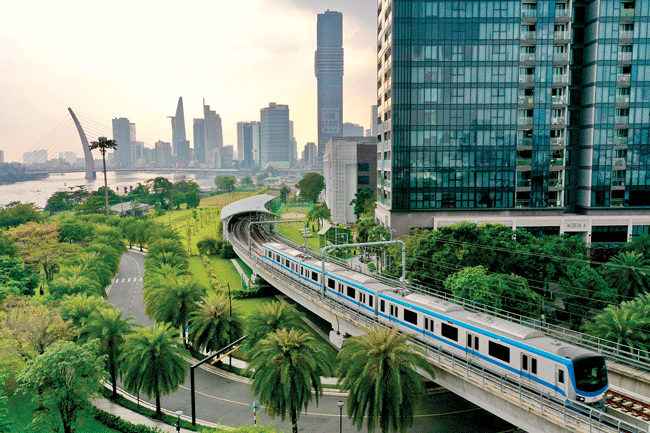



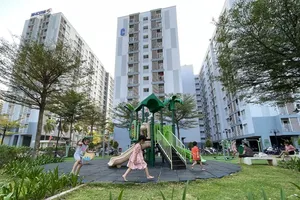
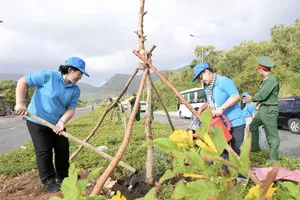
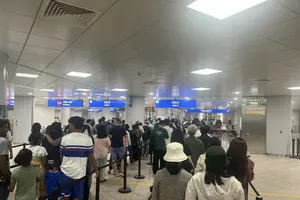
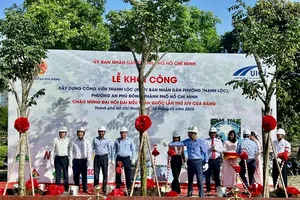

)

